There’s a corner of Canada where it always smells like sea salt and overpriced potpourri. The sun hits the harbor just right, and suddenly you’re convinced you do believe in ghosts, but only the well-mannered, Edwardian kind. This place is called Victoria, British Columbia, and it is essentially a living Pinterest board.
And like Pinterest, it’s beautiful. It’s soothing. It’s covered in delicate florals.
Also like Pinterest, it is absolutely not grounded in reality.
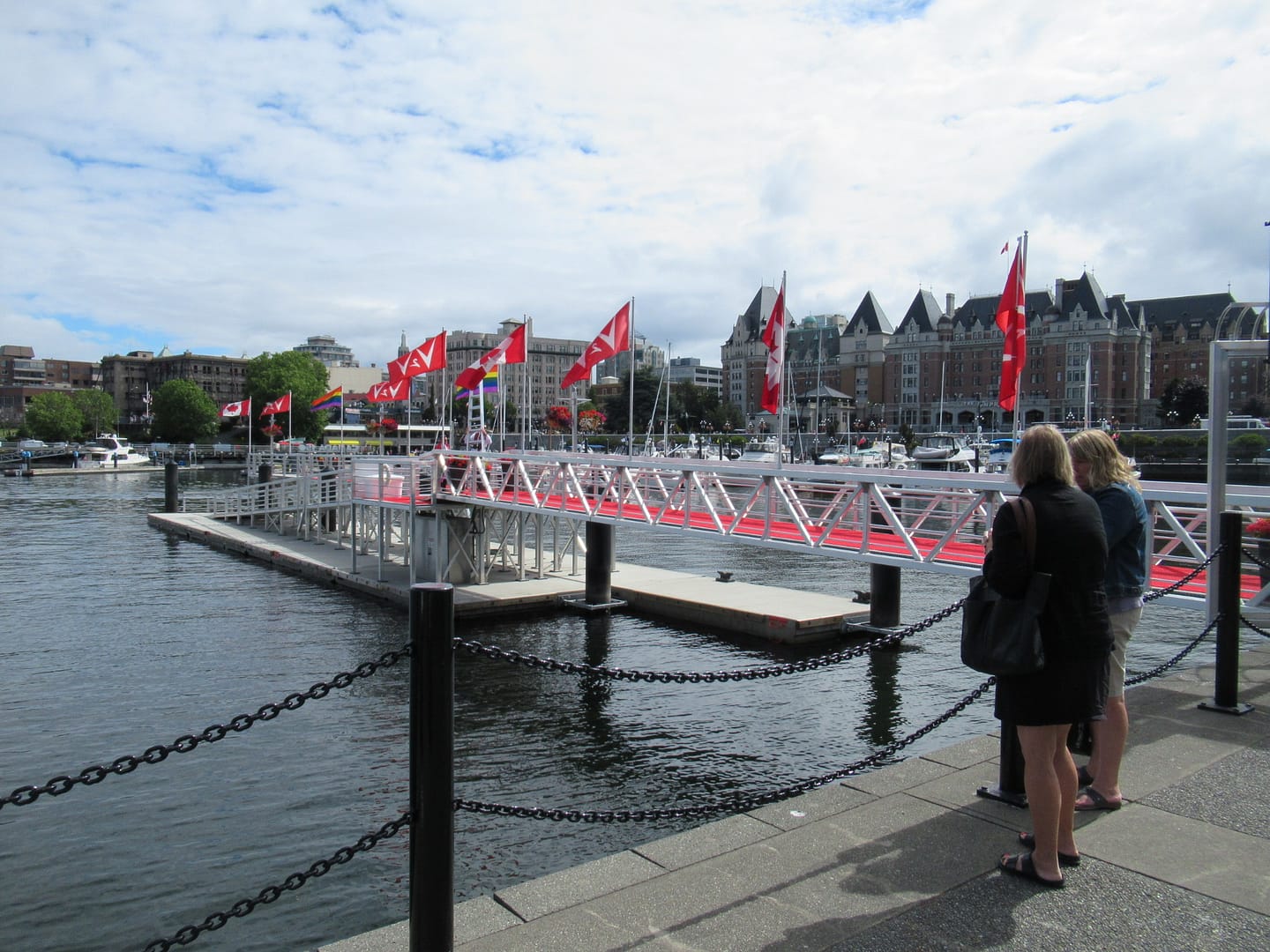
Let’s Start With the Real Story: Indigenous Peoples Were Here First. And Still Are.
Before Queen Victoria was off somewhere being aggressively painted in oil and inventing the concept of being disappointed in your children, the Lekwungen people lived here. For thousands of years.
Not “here” in the vague sense of “we’ve all walked this earth.” Here. This exact corner of Vancouver Island. They had a thriving society, incredible fishing and trading practices, intricate governance systems, and zero interest in learning about marmalade. Which seems perfectly reasonable.
They are still here. They have always been here. Their land was taken through a combination of exploitative treaties, broken promises, and, I assume, at least one speech by a man named Charles wearing an unnecessary waistcoat.
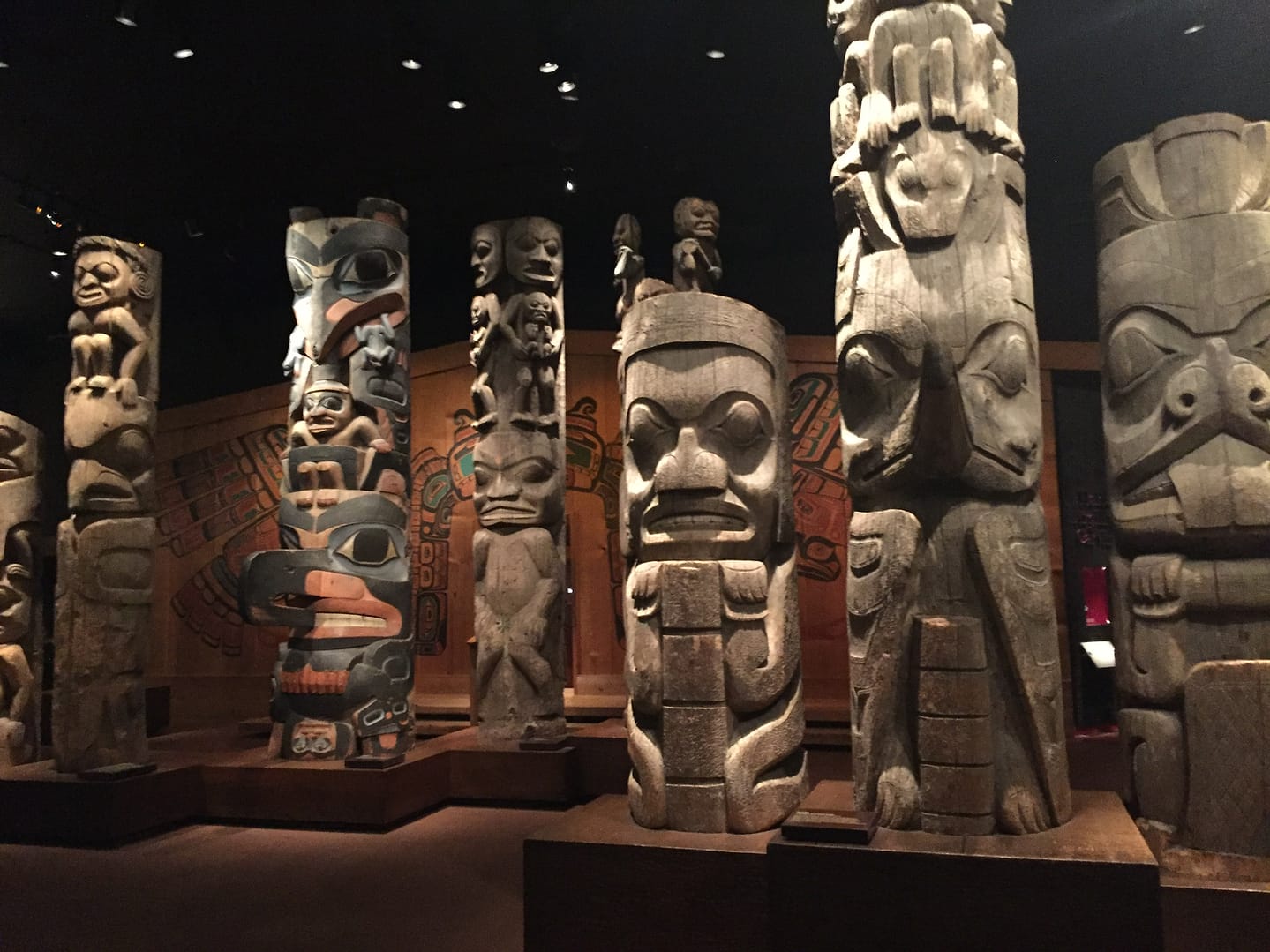
Then, of Course, The British Showed Up Like “Surprise Colonization!”
Around 1843, James Douglas (a name that sounds like it should be written on an antique razor blade) showed up on behalf of the Hudson’s Bay Company. Which, if you’re unfamiliar, was essentially a glorified fur-based version of Amazon Prime, but with more syphilis.
Douglas set up Fort Victoria, named after his boss’s boss’s boss—Queen Victoria, the woman who managed to look both furious and bored in every portrait. The goal was to trade with local First Nations communities. What actually happened was colonialism, because it’s always colonialism.
People started building homes, cutting down trees, setting up churches, and generally behaving like the concept of “empty land” wasn’t a genocidal lie.
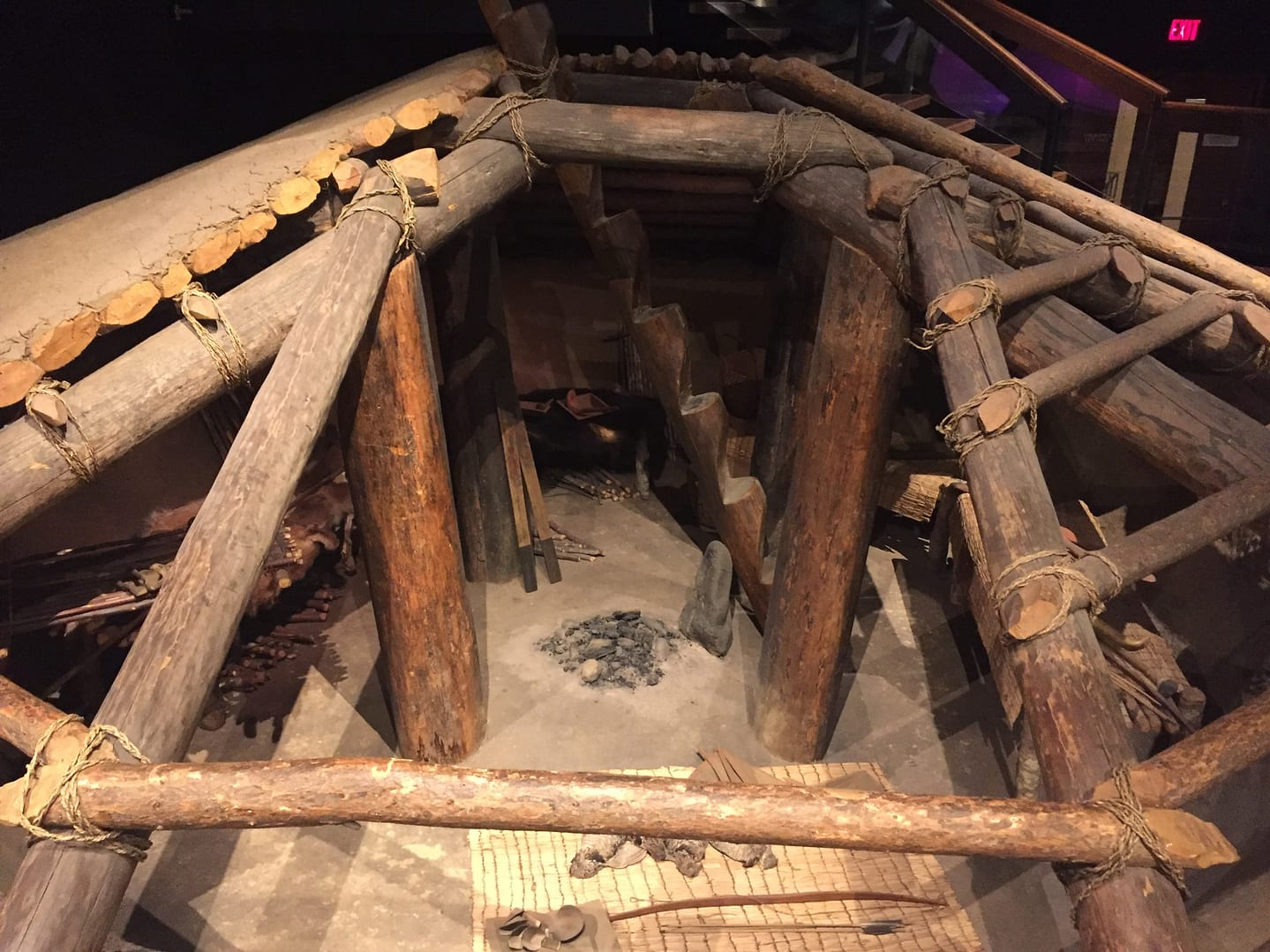
A Gold Rush Ensues, Which Means It’s Now a Brothel Town
In 1858, someone discovered gold on the mainland and everyone lost their collective minds. Thousands of miners poured into Victoria like it was the last open bar in the wilderness. The city exploded overnight into a chaotic supply hub, full of tents, ambition, and the kind of whiskey that could dissolve your molars.
The men outnumbered the women 100:1, and someone thought, “You know what this town needs? Less supervision.” So they built saloons, brothels, and enough back alleys to make a Victorian choose-your-own-adventure. Fun fact: you can still walk through some of those alleys. They now sell fudge and bath bombs.
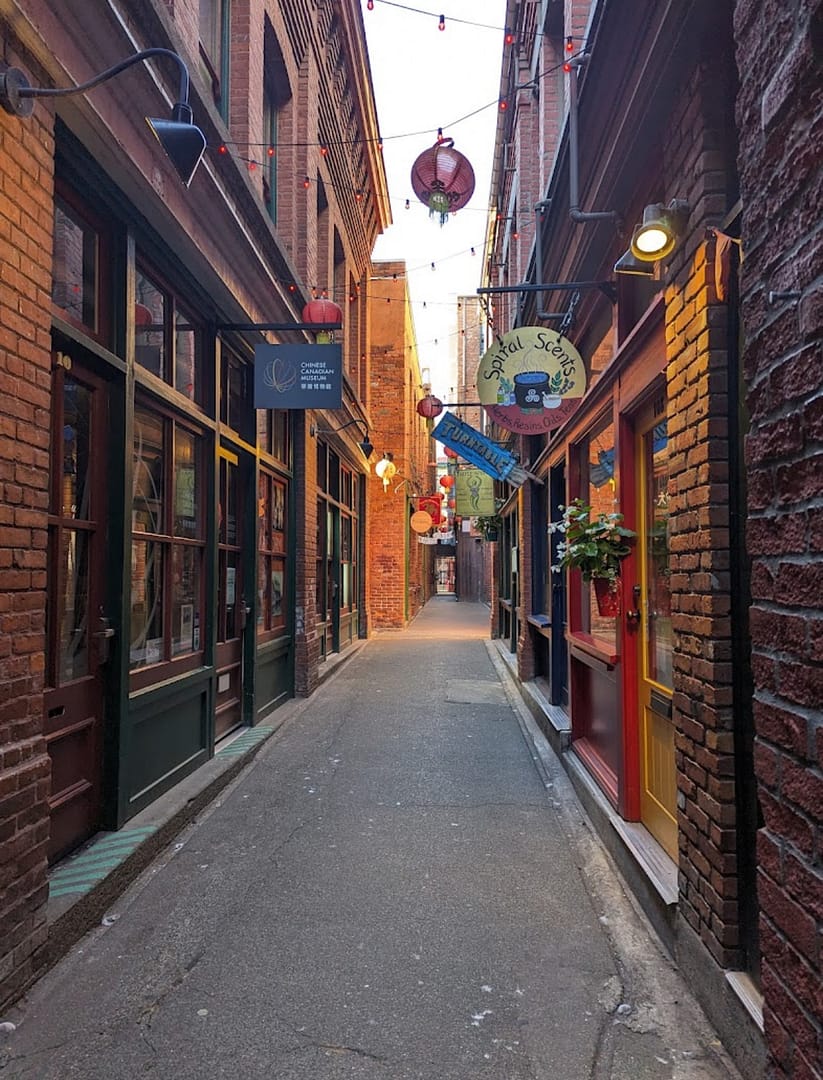
Eventually, Canada Was Like “Hey, You In?” and BC Said “Only If We Get a Train”
British Columbia joined Canada in 1871, like a reluctant cousin finally RSVPing to a family reunion. The dealbreaker? A transcontinental railway.
This was obviously a logistical nightmare that involved blasting through mountains, hiring thousands of Chinese laborers under horrifying conditions, and probably at least one guy yelling “we’re making history!” while absolutely not doing that.
Meanwhile, Victoria settled into its current aesthetic: British as hell. Gardens. Tea rooms. Tiny cakes that require a fork and also a doctorate in etiquette. Everything looked like it belonged on the cover of a murder mystery novel written by someone named Agatha.
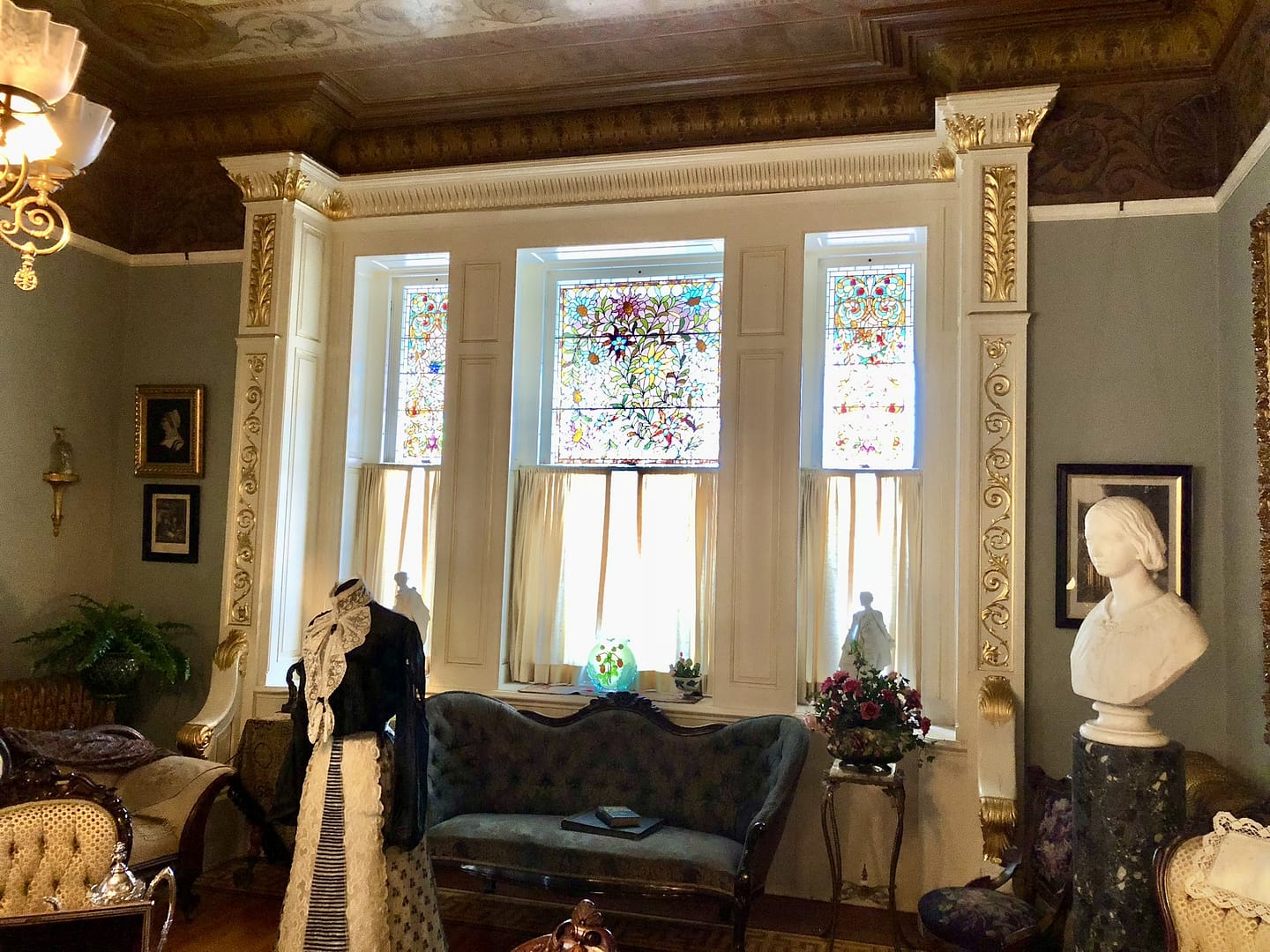
Modern Day Victoria: Tea, Tourists, and Ghosts
Today, Victoria is the kind of place where you can sip high tea in a hotel allegedly haunted by an old-timey chambermaid, and your waiter will casually mention this after you’ve eaten the cucumber sandwiches. You’ll walk through Butchart Gardens, which is what happens when a quarry gets therapy and becomes fabulous. You’ll visit Craigdarroch Castle, which is not really a castle, but no one wants to argue with a building that dramatic.
It’s stunning. And sweet. And soothing. And deeply, deeply weird.
Because beneath the soft light and bougie crumpets, there’s still an uneasy silence. A city that hasn’t quite figured out how to talk about its past. You’ll see acknowledgments of Indigenous history, sometimes even thoughtful ones, but the deeper truth? You can’t undo colonization with signage and floral topiaries.
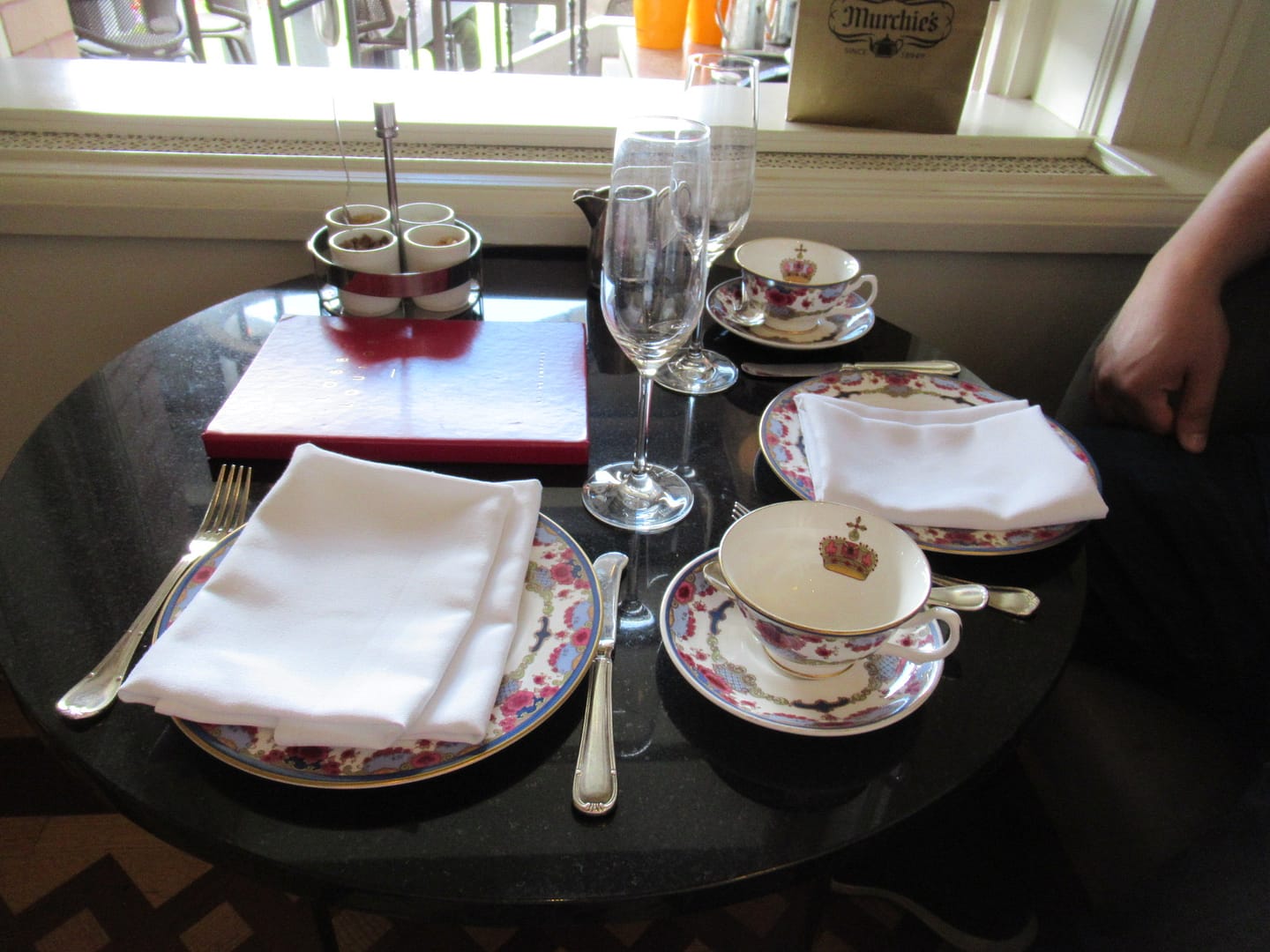
So What Do We Do With That?
We travel anyway. We listen harder. We don’t let the beauty become an excuse to forget the harm.
Victoria is worth visiting. Not just for the history you see in its museums, but the history that’s still unfolding—quietly, stubbornly, and sometimes with the clatter of ghostly teacups. Just be ready to hold both things: the loveliness and the discomfort. Both are real. Both are part of the story.
And please, for the love of Queen Victoria’s aggressively middle-parted hair, tip your tour guides.
Further Reading:
Dunae, Patrick A. “1105 Sex Worker’ Lives.” The British Columbia Review. April 22, 2021.
Hernandez, J.A. “Haunting of the Fairmont Empress in Victoria, British Columbia, Canada.” J.A. Hernandez. March 26, 2024.
“History of the Territory.” Royal British Columbia Museum.
Ormsby, Margaret A. “Sir James Douglas.” The Canadian Encyclopedia. February 14, 2008.
Tattrie, Jon. “British Columbia and Confederation.” The Canadian Encyclopedia. December 19, 2014.












1 thought on “A Brief, Deeply Confused History of Victoria, British Columbia (A City With More Tea Than Trauma Processing Skills)”